



India’s first National Policy on Geothermal Energy, led by MNRE, marks a major step toward Net Zero 2070. It promotes 24/7 clean power through fiscal incentives, repurposed oil wells, and joint ventures to develop 10 geothermal provinces, strengthening India’s sustainable energy transition.
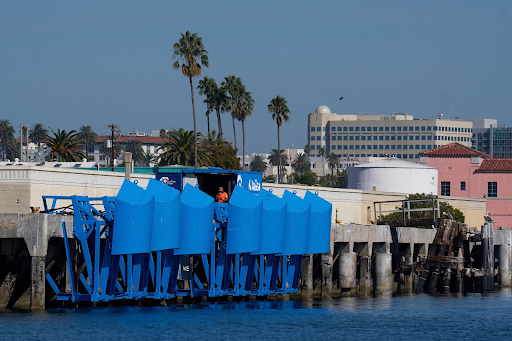
Copyright infringement not intended
Picture Courtesy: ECONOMICTIMES
The Ministry of New and Renewable Energy (MNRE) launched India's first National Policy on Geothermal Energy.
Geothermal energy is a consistent, clean, and renewable power source. It originates from the Earth's internal heat, a product of planetary formation and the decay of radioactive elements.
Unlike solar or wind power, geothermal energy provides continuous, 24/7 baseload power, unaffected by time of day or season.
Engineers extract heat from geothermal sources (hot springs, geysers, or subterranean hot water/steam) by drilling wells to harness the fluid for direct heating or electricity generation via turbines.
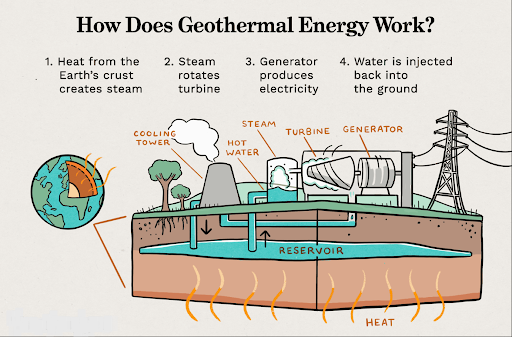
Achieving Net Zero by 2070
Geothermal energy offers a low-carbon, baseload power source vital for India to meet its net-zero emissions targets.
Boosting Energy Security
By diversifying energy mix beyond solar, wind, and hydropower, geothermal energy reduces dependence on fossil fuel imports, saving foreign exchange and enhancing energy independence.
Providing Baseload Renewable Power
Unlike intermittent renewable sources, geothermal energy ensures a consistent, round-the-clock power supply, critical for grid stability.
Supporting Remote and Challenging Regions
Geothermal solutions can provide clean heating and power to remote Himalayan and Northeastern regions.
Broad Application Scope
Covers electricity generation, direct-use applications (heating/cooling for buildings, industrial processes), agriculture, aquaculture, and tourism.
Resource Assessment and Data Repository
Creation of a comprehensive geothermal resource data repository through inter-ministerial collaboration (Ministry of Mines, Ministry of Earth Sciences, Geological Survey of India, National Data Repository) to address data gaps for power project design.
Promotion of Emerging Technologies
Supports advanced technologies like Enhanced Geothermal Systems (EGS), Advanced Geothermal Systems (AGS), geothermal energy storage, offshore geothermal wells, and hybrid geothermal-solar plants.
It also encourages repurposing abandoned oil and gas wells for geothermal energy.
Fiscal and Financial Support
To improve project viability and attract private investment, the policy offers long-term concessional loans, Sovereign Green Bonds, and Viability Gap Funding (VGF).
Offer fiscal incentives include GST and import duty exemptions, tax holidays, and eligibility under the Indian Carbon Credit Trading Scheme.
Streamlined Regulatory Framework
The Ministry of New and Renewable Energy (MNRE) acts as the nodal ministry, responsible for establishing a single-window support system to streamline permissions and clearances for timely project execution.
Integration with National Building Code
Geothermal heating and cooling technologies, especially ground source heat pumps, are proposed for integration into the National Building Code.
India's Geothermal Potential and Key Resource Locations
The Geological Survey of India (GSI) estimated India has an estimated 10,600 MW of untapped geothermal potential. (Source: PIB)
The GSI has identified 381 thermally anomalous areas, or hot springs, across the country, distributed across 10 geothermal provinces:
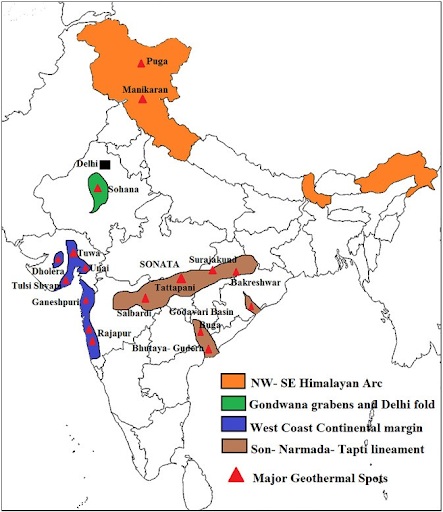
High Upfront Costs
Geothermal projects require substantial initial investment for deep drilling, resource assessment, and infrastructure, making them capital-intensive.
Techno-Economic Viability
Many potential sites are in remote, difficult terrains, increasing logistical challenges and overall project costs, and leading to long gestation periods.
Limited High-Enthalpy Resources
While India has numerous geothermal sites, most are low to medium-enthalpy, better suited for direct heat applications than large-scale electricity generation.
Lack of Technical Expertise and Data
Limited research on reservoir characteristics has created a data void, impeding accurate resource assessment and power project design. India also lacks specialized professionals.
Environmental Concerns
Improperly harnessed projects can cause environmental issues, including the release of dissolved minerals and hazardous gases (CO₂, sulfur compounds) during drilling, and potential groundwater contamination.
Accelerated Exploration and Resource Mapping
Expand the mapping of geothermal sites across all 10 provinces using advanced geological and geophysical techniques.
Establishing a robust national subsurface data initiative, similar to the US National Geothermal Data System, will reduce exploration risks.
Technological Advancement and Indigenous Development
Prioritize research and development (R&D) in Enhanced Geothermal Systems (EGS), Advanced Geothermal Systems (AGS), and cost-effective drilling techniques suited for India's geological conditions.
Targeted Investment and Financial Mechanisms
Utilize policy-based fiscal incentives like tax holidays, import duty exemptions, and 100% FDI. Offer targeted incentives such as cost-sharing for early exploration and dry well insurance to reduce private investor risks.
Prioritizing Direct-Use Applications
Given India's predominantly low to medium enthalpy resources, prioritize shallow and medium-depth geothermal heat for direct-use applications like urban cooling via ground source heat pumps, industrial process heating, greenhouse cultivation, and cold storage.
Strengthening Human Capital and Infrastructure
Establish Centres of Excellence and demonstration plants to build technical expertise and a skilled workforce in geothermal exploration, drilling, and reservoir management.
Robust Environmental Safeguards
Implement strict environmental impact assessments and monitoring mechanisms for all geothermal projects, learning from incidents like Puga Valley, to prevent pollution and minimize ecological disruption.
The National Policy on Geothermal Energy 2025 aims to make geothermal a key renewable power source. By overcoming challenges through collaboration, focusing on direct-use applications, and promoting indigenous R&D, India can achieve a sustainable, secure, and decarbonized energy future.
Source: ECONOMICTIMES
|
PRACTICE QUESTION Q. Discuss the geographical distribution of geothermal energy potential in India. 150 words |
Geothermal energy is the thermal energy generated and stored inside the Earth. It comes from heat continuously produced in the planet's core from the decay of radioactive materials and residual heat from the Earth's formation.
Geothermal energy is a renewable energy source. The heat flows continuously from the Earth's core to the surface and is continually replenished by the decay of naturally occurring radioactive elements.
Geothermal energy generates electricity via steam-powered turbines and directly heats buildings, greenhouses, fish farms, and industrial processes. Ground-source heat pumps use shallow ground's stable temperature for efficient heating and cooling.
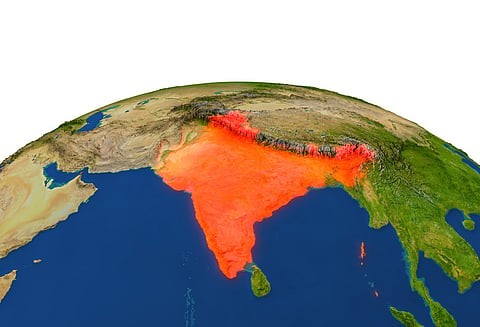
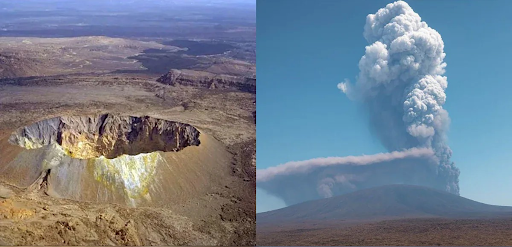
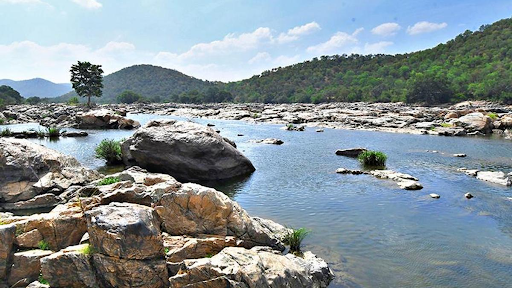



© 2025 iasgyan. All right reserved